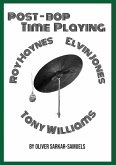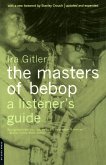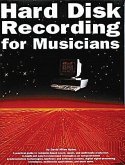The bebop era was a period in time where African descendants took European musical instruments and bent them to their well so that these European instruments told the story of African Americans in a uniquely African American voice. In Swing, Hard Bop, Bop & Bebop you will find the musical history of over 60 of the greatest jazz artists of swing and bebop music ever assembled. Here you'll find delicate facts about the lives of these great men and women of jazz; where and when they were born, where they went to school, how they got started playing an instrument or singing, the trials and tribulations of their lives - but more - tributes are also paid to the venues and clubs where bebop was featured; places like Minton's Playhouse where Thelonious Monk was in the house band and where bebop was invented, Birdland, named for Charlie (YardBird) Parker, one of the creators of bebop, and even the Jazz Mobile that brought popular jazz bands to New York City's jazz fans in Harlem free of charge.
Hinweis: Dieser Artikel kann nur an eine deutsche Lieferadresse ausgeliefert werden.
Hinweis: Dieser Artikel kann nur an eine deutsche Lieferadresse ausgeliefert werden.

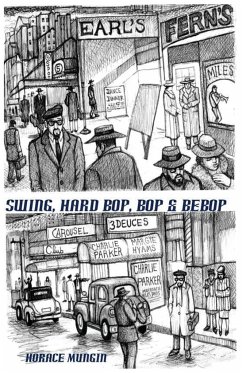
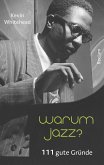
![All Intros & Endings for Jazz Guitar: Bebop, Swing, Latin, Ballads [With CD] All Intros & Endings for Jazz Guitar: Bebop, Swing, Latin, Ballads [With CD]](https://bilder.buecher.de/produkte/23/23414/23414969m.jpg)
